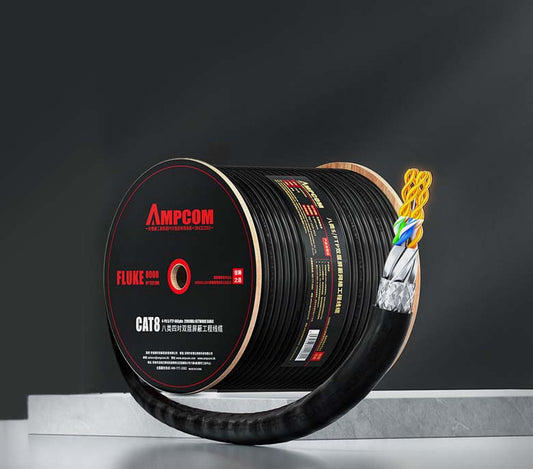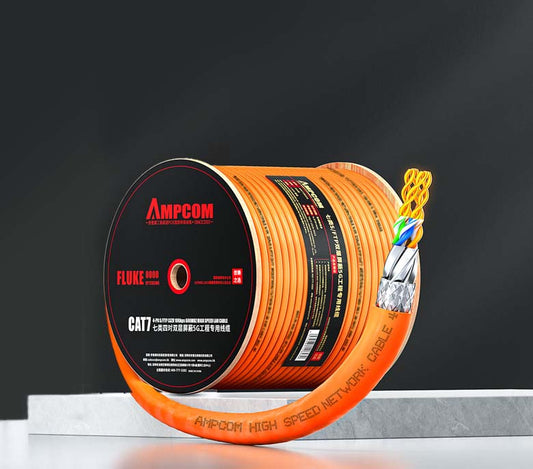Outdoor Ethernet Patch Cords for Coastal Sites: UV, Moisture, Salt Fog & IP67
Last updated: October 31, 2025
Prefer UV-stable PE/CMX outdoor cords, moisture blocking, and IP67 terminations. Use drip loops, avoid flat cords, separate from power, and plan surge protection. For cameras/APs, consider MPTL. Start with our outdoor patch-cord guide.
Tropical coasts stress copper cabling: high UV, humidity, wind-driven rain, and salt fog corrode metals and wicks moisture into terminations. Picking the right jacket, water protection, and terminations determines life expectancy more than the category rating does.
What “outdoor-ready” really means
- Jacket & UV: Use UV-stable PE or CMX-rated jackets. Avoid indoor PVC outdoors.
- Moisture: Prefer water-blocking tapes/gel or well-sealed assemblies with boots that shed water.
- Salt-fog & corrosion: Favor corrosion-resistant metals and seals around plugs/jacks.
- Ingress protection: IP67 couplers/glands at exposed junctions; keep seals clean and tight.
Selection matrix (coastal/tropical scenarios)
| Scenario | Recommended Cord | Termination / Hardware | Notes |
|---|---|---|---|
| Wall-mounted camera under eave | CMX/PE outdoor patch, UTP or F/UTP | MPTL to field-plug; IP67 gland at enclosure | Use drip loop; keep patch short; see MPTL guide |
| AP on pole near shoreline | Outdoor PE, F/UTP preferred | IP67 coupler + shield continuity to ground | Add surge protection; proper bonding per STP grounding |
| Short outdoor run into indoor IDF | Outdoor CMX tail + indoor patch | Weather hood; transition inside building | Keep the outdoor segment minimal; avoid flat cords |
Shielded or unshielded outdoors?
In quiet environments, UTP with good separation often suffices. Where RF/EMI or long parallel power is present, F/UTP can add stability—but only if bonded/grounded correctly. Compare options in STP vs UTP and implement proper grounding.
Installation rules that extend life
- Path & separation: Avoid sharp bends, hot metal, moving parts; keep distance from AC power.
- Water management: Always add drip loops before entries; seal north-facing or windward penetrations with IP hardware.
- Support: Use UV-stable ties and saddles; do not over-tighten.
- Surge & bonding: For exposed runs/poles, add PoE surge devices and bond shielded cords correctly.
- Patching discipline: Keep outdoor patching short; avoid coupler chains; label both ends (see labeling guide).
Acceptance checklist (coastal installs)
- Continuity and resistance pass on day-1; re-check after 24h exposure
- No water in boots or glands after hose-down test; seals seated
- Stable PoE voltage under load (compare with the PoE budget sheet)
- Link counters clean after 15 min traffic
- Labels intact; UV-stable ties not overtightened
Related reading: Outdoor UV/Moisture/IP guide · Indoor vs Outdoor cords · MPTL for cameras & APs · Shielded vs Unshielded · STP grounding best practices
FAQ
Can I use indoor PVC cords outdoors temporarily?
Not recommended—UV and moisture will degrade PVC. Use CMX/PE outdoor cords.
Do I always need shielded cords outside?
No. Use shielding where EMI or long parallel power runs exist—and ground it properly.
How do I keep water out of terminations?
IP-rated glands/couplers, drip loops, and correct boot orientation. Inspect seals periodically.



